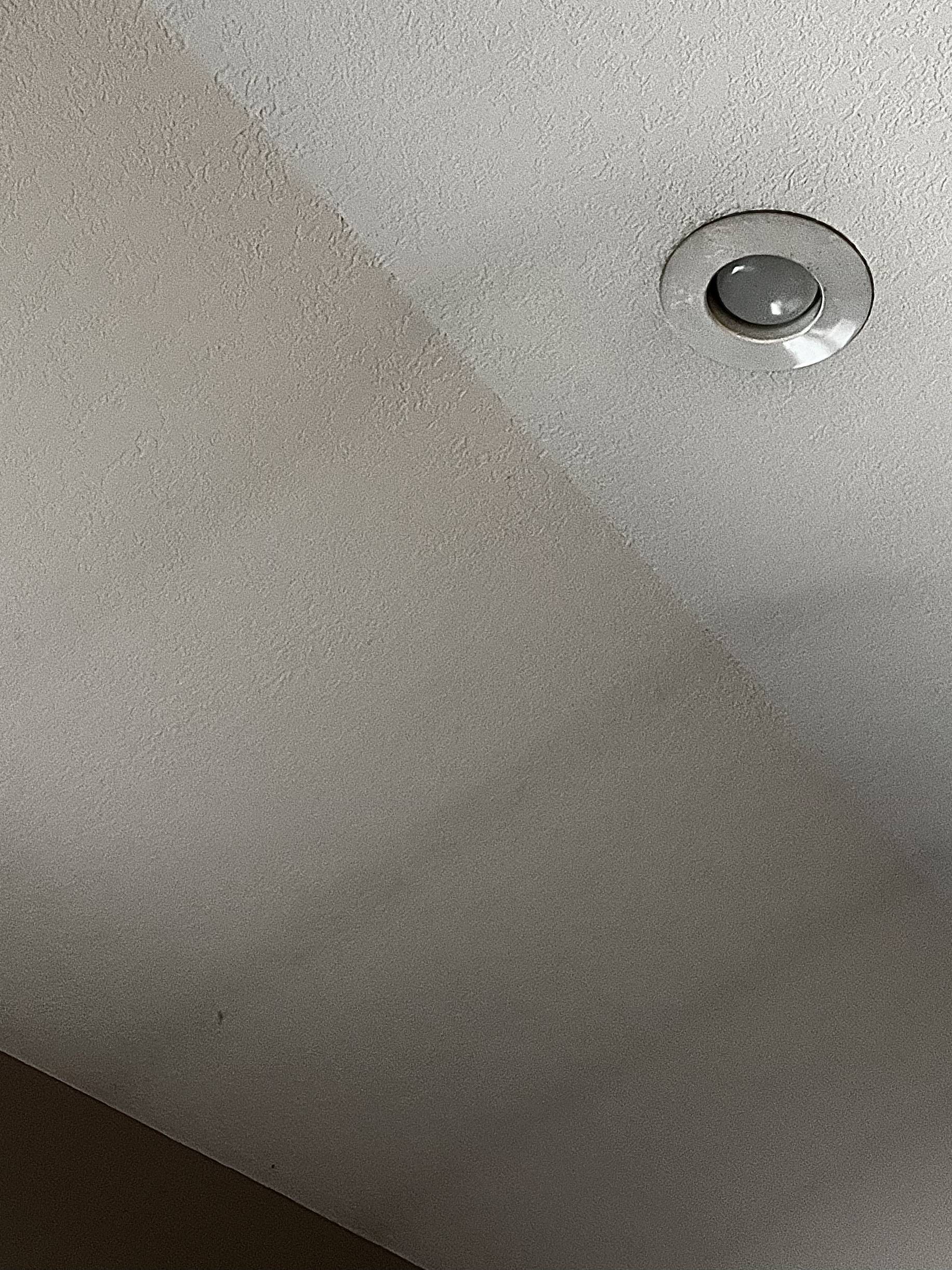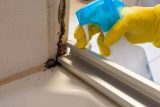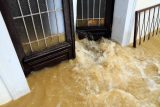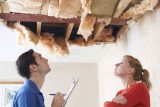How To Tell The Difference Between Ghosting And Mold
Homeowners
Call Now for 24/7 Emergencies574-385-9111
Posted by: David Sanner 1 year ago
Have you heard the term “ghosting” before? We’re not talking about when someone won’t return your texts, ghosting is something that is commonly misdiagnosed as mold growth in your home.
Potential mold growth should always be taken seriously, as it can pose serious risks to your health and the structural integrity of your home.
However, we want to share a few tips to help you determine whether there is mold in your home or if it’s “just” ghosting.

What Is Ghosting?
Ghosting is when dirt, dust, and other common household debris build up on your walls and ceilings. Its called “ghosting” because it can start to look like the walls or ceilings belong in a horror movie due to the stains.
A more professional term is “bridging” or “thermal tracking”. It results in odd patterns along your walls and ceilings, specifically around the studs in walls and rafters in the ceiling.
What Causes Ghosting?
One of the most common causes is poor insulation. This allows cold air to push into your home, creating condensation. Once condensation is present, it quickly attracts dust, soot, and mold spores to the walls and ceilings.
One of the biggest giveaways that you have ghosting rather than mold is revealed in the pattern of the stains or marks. Ghosting often appears in perfectly straight lines, especially on ceilings, because it matches the framing pattern of your attic.
Is Ghosting Dangerous?
This is the biggest difference between ghosting and mold growth. Ghosting isn’t dangerous. You do want to clean your walls and ceilings when you notice it, but it isn’t a serious hazard the way mold growth in your home is.
How To Prevent Ghosting
Once you’ve determined the discoloration on your home’s interior walls and ceilings is ghosting, it’s time to address the underlying cause.
The first place to start is with insulation. Improving your attic insulation not only can help prevent ghosting, but it can help you save on your energy bills each month. It’s especially important in older homes to ensure your attic insulation covers the ceiling joists and rafter ties.
Next, ensure you have proper ventilation in all areas of your home, especially the bathrooms and kitchen. This will help keep condensation at a minimum, which means dust and dirt particles have less to cling to.
If you’re still seeing ghosting on your walls and ceilings after taking these precautions, consider reducing the sources of dirt and dust in your home.
Common Culprits Include:
- Candles
- Combustible oils (oil warmers, burners, etc)
- Fireplace soot
- Cigarette smoke
- Pet dander
Reducing the use of candles, oil warmers, fireplaces, wood-burning stoves, and cigarettes in your home will decrease the amount of dust, soot, and other debris.
If you have pets that shed, consider vacuuming more frequently to reduce the amount of hair and dander, and add a pet-friendly filter to your HVAC system.
Call Lake City Restoration For Help
If you aren’t sure whether you’re dealing with mold or ghosting in your home, it’s always a good idea to ask a professional for help. Lake City Restoration is available 24/7 to answer your questions and ensure your home stays safe.
Our services include mold restoration, water damage cleanup, fire damage restoration, storm damage repair, and other necessary restoration services.
Categories:
About: David Sanner
David’s mission is to always provide the best for each customer, using the latest technology and methods with integrity. Owning his own business has given him the freedom to embrace innovation, industry changes, and technological advancements quickly while providing services to a large geographic area.
You May Be Interested In:

How to Prevent Future Mold Growth After Water Damage Restoration
2 weeks ago by David Sanner

The Role of Professional Restoration in Preserving Valuables After a Disaster
1 month ago by David Sanner

Flood Preparedness: Simple Steps to Protect Your Home
2 months ago by David Sanner

FAQ: Will My Insurance Company Pay For The Repairs?
2 months ago by David Sanner
Are You Currently Having an Emergency?
Whether you’re having an emergency now or you’ve recently found damage, we’re ready to help 24/7! Call us now or reach out to our contact page.